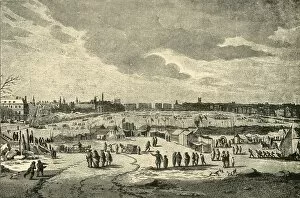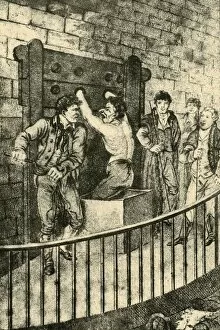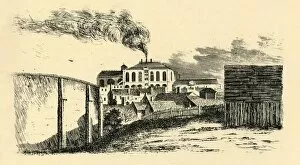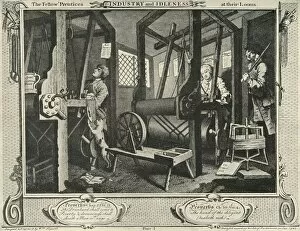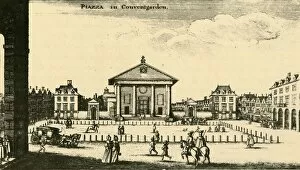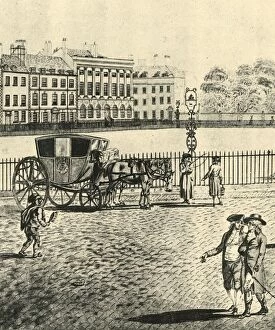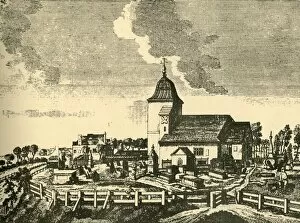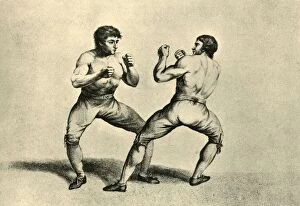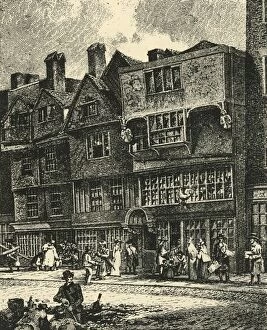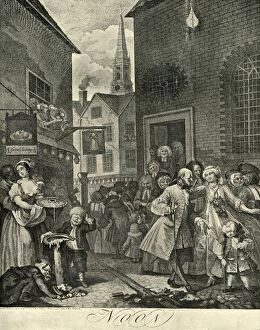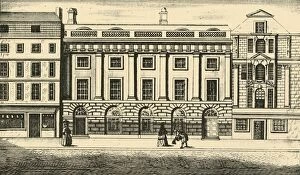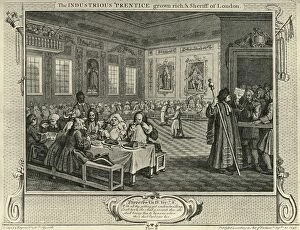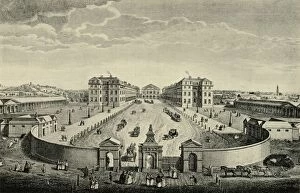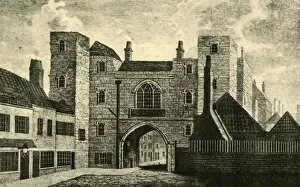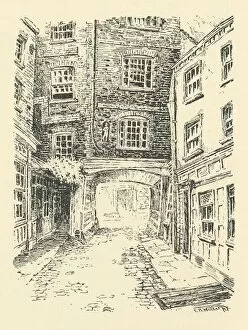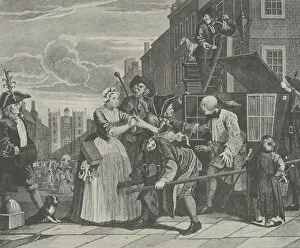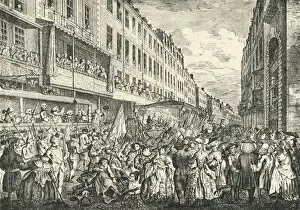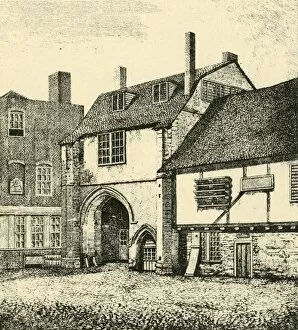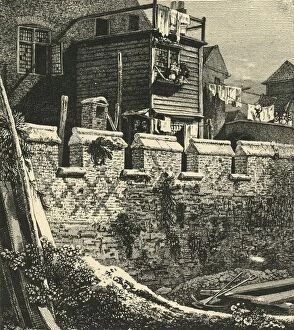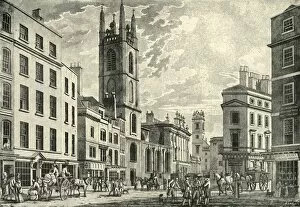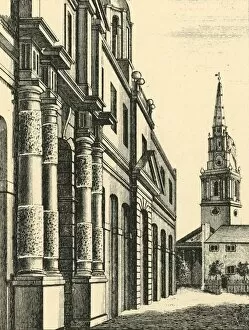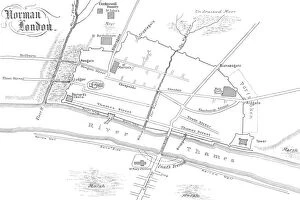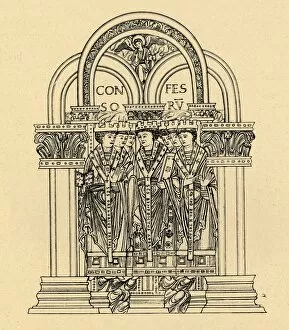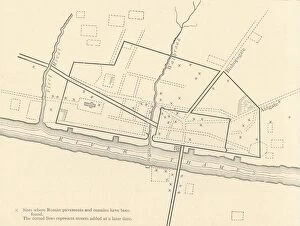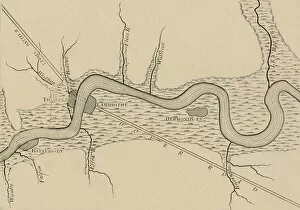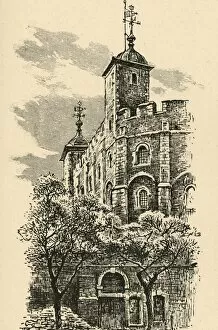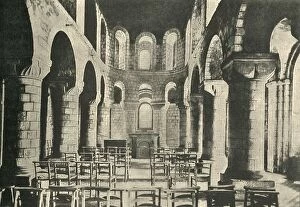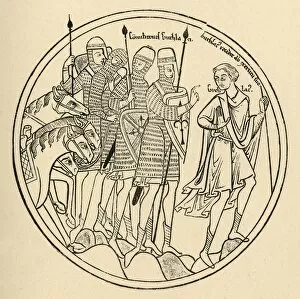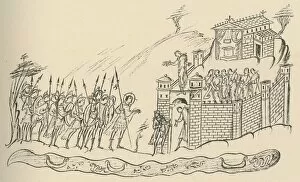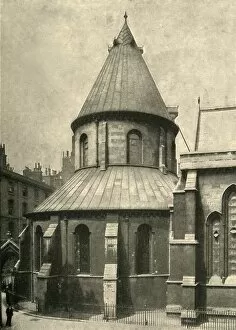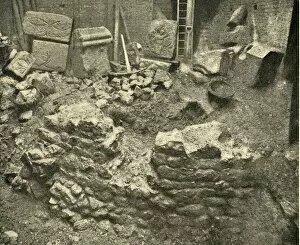Walter Besant Collection (#3)
"Walter Besant: A Literary Journey Through Time" Step into the world of Walter Besant
For sale as Licensed Images
Choose your image, Select your licence and Download the media
"Walter Besant: A Literary Journey Through Time" Step into the world of Walter Besant, a renowned English novelist and historian whose works have left an indelible mark on literature. Born in Clapham in 1812, Besant's creative genius knew no bounds as he transported readers through various eras and settings. Immerse yourself in the vibrant streets of Beer Street, captured by William Hogarth in 1751 and brought to life once again through Besant's words in 1925. Feel the hustle and bustle of A Country Inn Yard from Hogarth's brush, resonating with readers decades later thanks to Besant's masterful storytelling. Besant delves even further back into history with Gambling at Whites Club, a glimpse into the opulent yet treacherous world of London society during the early 18th century. The execution of rebel leaders during Venners Rising becomes hauntingly vivid under his penmanship, transporting us to a time when political unrest gripped England. But it is not just historical events that captivate Walter Besant; he also paints vivid pictures of everyday life. Wander through Skin Market at Leadenhall in 1825 alongside Thomas Dale's artistic vision or stroll along The Causeway in Wandsworth as it appeared around 1895 - both scenes brought alive by Besant's keen eye for detail. Beyond his literary accomplishments, we catch glimpses himself - an engraving capturing his essence forever etched into history. His collaborative efforts with James Rice are immortalized through engravings depicting their novels "They Were Married" and "Armorel of Lyonesse, " showcasing their ability to transport readers across genres. Join us on this literary journey where past meets present as we explore the rich tapestry woven by Walter Besant.

